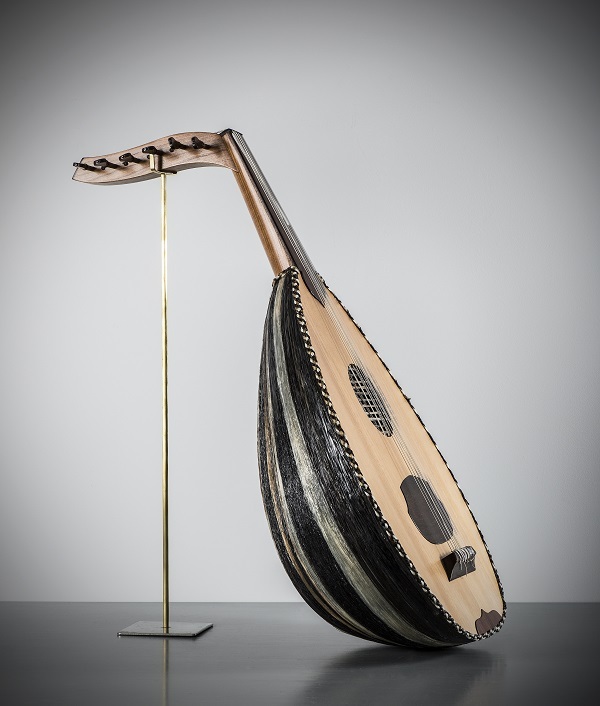
Cat Auburn 'Oud' 2015, horse hair, resin, timber. Image Richard Wotton.
Rather than creating a figurative motif or picture with the five hundred resulting rosettes Auburn has instead chosen to present them using a formalist aesthetic. Like a heartbeat stretched across five linen canvases the horizontal arrangement, devoid of narrative, allows each unique flower to hold onto its individuality while maintaining a role within the larger group. Each horse and rider is identifiable, in stark contrast to the anonymous fate that awaited thousands of the horses and men who left New Zealand for the war.
Through the rosettes Auburn subverts the customary memorialisation of war, complicating the heroic glory inherent in large scale bronze and marble statuary. These very serious and dour sculptures offer a two dimensional view of history at best: the conqueror standing tall surveying his dominion. This interpretation of history is destabilised by Auburn on multiple levels.
The first being the flipping of the story from vertical to horizontal with the five metre long canvas. Traditional war memorials are often towering figures and structures that loom over the viewer. Auburn gives her commemorative work a human scale by placing the horse hair rosettes along a horizontal axis. We can view the work at our own level, seeing its detail and complexity.
